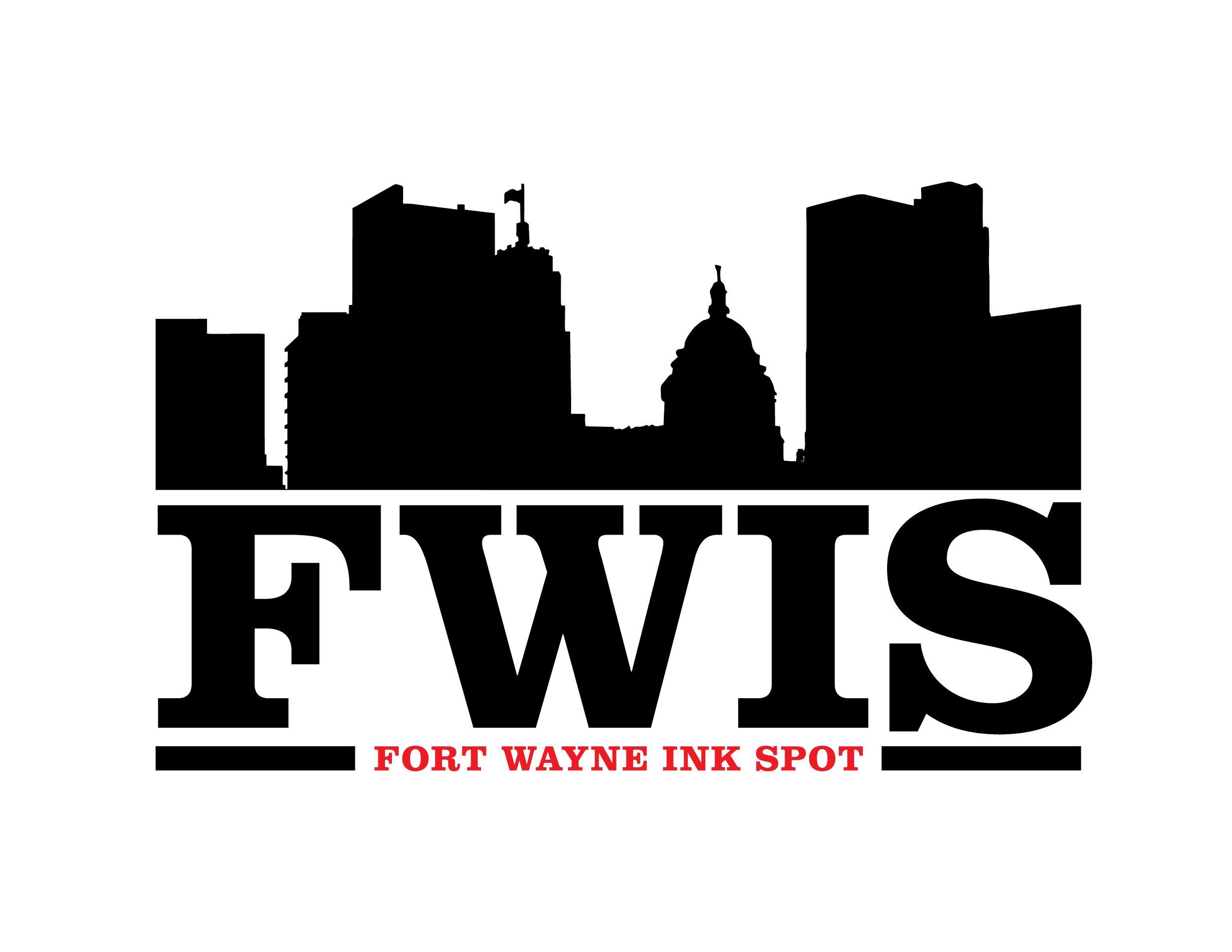Come on Now: Where’s the Grand Southeast Side Restaurant? (& Grocery Store, Since We’re Asking)

Written by William Bryant Rozier
How deep is the Alice-and-Wonderland hole of why the Southeast side has not been graced with a sit-down, destination chain restaurant?
I asked Glynn Hines. In his world-building twenty-year career as the 6th District city councilman, Hines initiated new infrastructure throughout the Southeast side, like the Urban League’s new campus (once envisioned as a soccer field), the Pontiac Library’s move, and other developments in the surrounding area.
He started talking about food, and his answer dipped, dived, and landed briefly on his excitement for the possibilities held within the Urban League’s BUILD program. BUILD, with spots filled mostly by minorities, teaches construction skills so its learners can become masters of a trade, are hired by a crew, and literally help build the city.
“Which is part of the engine of recycling dollars in our community,” Hines said. Those graduates help build homes.
“Housing is a major component to all of this,” said Cindy Joyner, Community Development Director for the City of Fort Wayne, about attracting a developer and a major restaurant to the south east.
Housing means families with children to protect. “We are looking at lead grants, and we’re focusing on Oxford Street,” Joyner said. “When you abate for lead, it may mean you get new windows, you get new roofs.”
New windows and new roofs…further revitalizing the city. Among the several initiatives targeting the Oxford Street area, the city is partnering with Iric Headley’s group, Fort Wayne UNITED, to provide safe and affordable housing.
Diane Rogers and the Oxford Street Community Association are also helping with the area’s facelift. Their office sits defiantly across the street from a new gas station.
The deluge of convenience-store gas stations populating the Southeast side is something “like 25 in the 6th district, almost as many as there are in the rest of the city,” Hines said. “These are predatory establishments that take advantage of not having a grocery store nearby so they sell at a high price point.”
According to the councilman, the loophole for entry lies in the classification of the land. If a plot has been zoned for a convenience store and a gas station, then someone can build a “mini-market” that also sells gas, in locations that may seem obtrusive. The bottom line rules: According to Hines, on average, “they make [up to] $40,000 a month.”
Councilman Hines has tried to bring in Applebee’s to the Southeast; the chain spoke of already-established market penetration in the other quadrants: Northeast, Southwest, and Northwest. “So that means we have to drive [further] to eat there. We have to buy [more] gas. The kids who work at some of these places have to drive outside of their neighborhood for employment,” Hines said.
In retail, Hines has tried to bring in Burlington Coat Factory and DSW Shoes. Nada. The complaint, when outside investment does not follow through, is that the Southeast doesn’t have the “rooftops,” the attractive houses, the families with kids…the numbers.
“We have the numbers,” Hines said. Quoting empirical evidence produced by consultants on two occasions, Hines stated the Southeast side can support as many as 10 (count ‘em…10) sit-down restaurants.
“The disposable income is high in the Southeast because we’re working class people who live in affordable houses who drive affordable cars,” Hines said.
Specifically citing a 2015 market study that analyzed retail, restaurant, and commercial development, Mary McCracken Tyndall, Public Information Officer for the City of Fort Wayne, suggested that “if we were to do [the study] again, the numbers may be better because the economy has picked up a bit.”
Organizations, like Greater Fort Wayne, tout our true numbers to prospective developers.
The economy and the viability of the Southeast side is exemplified by the impending Prophet Walker’s Posterity Heights project, a self-contained hub for housing, daycare, workforce readiness, and a host of other innovations that can serve as a beacon for other like-minded development.
Hubs for development, or “pockets of success,” according to Hines, are within driving distance of each other, like the McMillen Community Center, the Farmer’s Market, the Bottle Works lofts, and the Renaissance YMCA. These types of hubs indicate to developers about a community’s vitality.
Pastor Javier Mondragon of the Many Nations Church, at 5100 Gaywood Drive, has, according to Joyner, transformed the area around Pettit and Paulding, with the strength of his associates. “Some neighborhood associations struggle getting five block captions. He had 35,” Joyner said.
The Southtown development project was Councilman Hines’s first big get, resulting in the inclusion of Walmart and Menards. “And it was a struggle to get them.”
Both the Southtown Centre and the McDonalds, a hub for its high profit rate and resting across from the old Target building -- another hub currently being renovated by an Indianapolis data collection center -- were a result of tax abatements and incentives to offered lure developers to the south side.
In fact, the area from the Wendy’s at the Southtown Centre to the intersection at Anthony Boulevard, has been allotted, by the mayor, for abatements and inducements, according to Hines. Mayor Henry will “give the land away to any restaurant.”
The program, called CReED (Community Revitalization Economic Development), has been play for three years without a taker.
Hines wanted to conduct his meeting at the McDonalds at the end of South Anthony. Owner Ted Williams, from South Bend, was lured to the corner, where a Hardees once stood, by the promise of inducements. “Needless to say this is one of the most profitable McDonalds in all of fw, as well as the best managed,” the councilman said.
It’s another hub in a now hub-strewn part of town.
